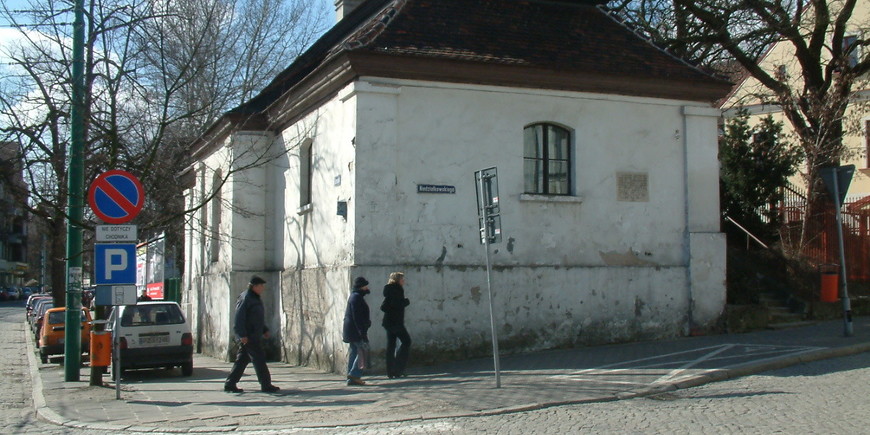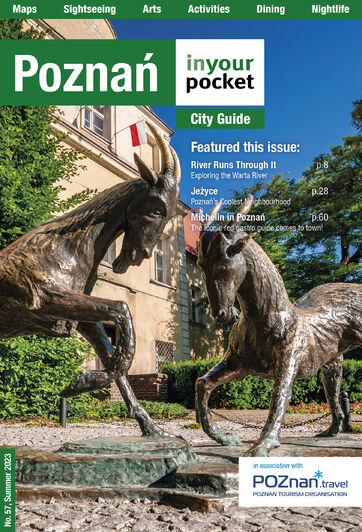Hidden in plain sight a stone’s throw away from Stary Browar, this unassuming white-walled, red-roofed building in Poznań’s struggling Wilda district has some eight hundred years of history to it, and - if hauntings were real - would be one of the city’s busiest spots ‘round Halloween. Though its exact origins have been shrouded in historical fog, most historians pin its founding to the early or mid 13th century, when leprosy brought back from the Holy Land by crusaders was wreaking havoc in Europe. Yes, karma is a bitch, as some would say, but thanks to Jesus’s fondness for curing lepers (who were considered outcasts in the Jewish community at the time), the disease was considered divine mercy rather than a curse, a form of suffering meant for a chosen few - or not so few - which would bring them closer to God. All this meant that there were plenty of Christians willing to help the lepers live out their miserable lives, none more than the Order of St. Lazarus, a society named after a man resurrected by Jesus after succumbing to leprosy. Founded around 1119 in Palestine, the order spread around Europe, reaching Poznań in the 13th century. Here they built a church, hospital, and said leprosorium, eventually giving name to the Łazarz settlement. The original village was bisected by train tracks in the 19th century, landing the leprosorium officially in the Wilda district - nevertheless, this is where Łazarz began. Rebuilt to an extent in the 18th century and renovated in the 1980s, the building currently houses a crisis intervention centre.
Leprosarium of St. Lazarus

Photo by Radomil, CC 3.0



Comments